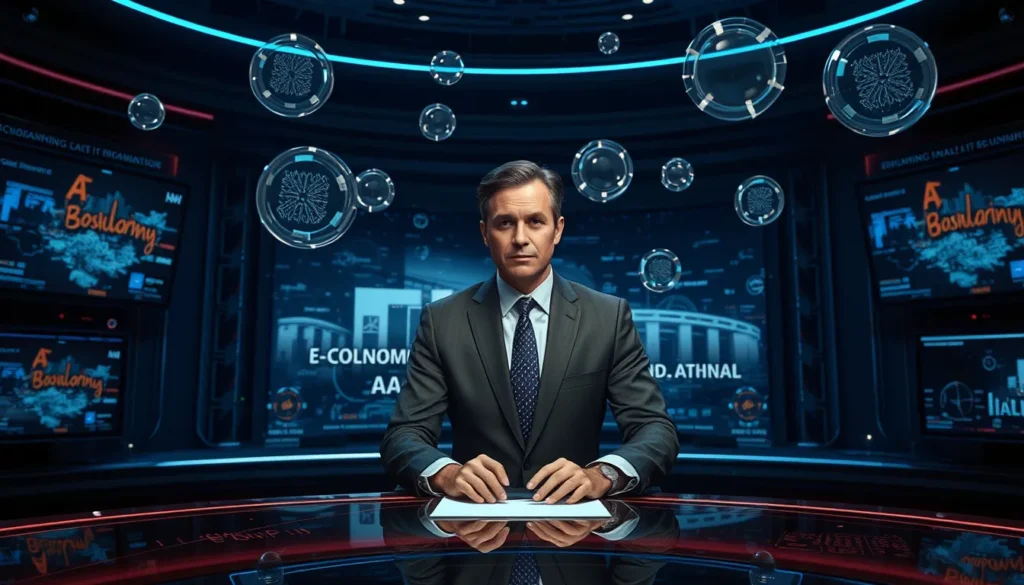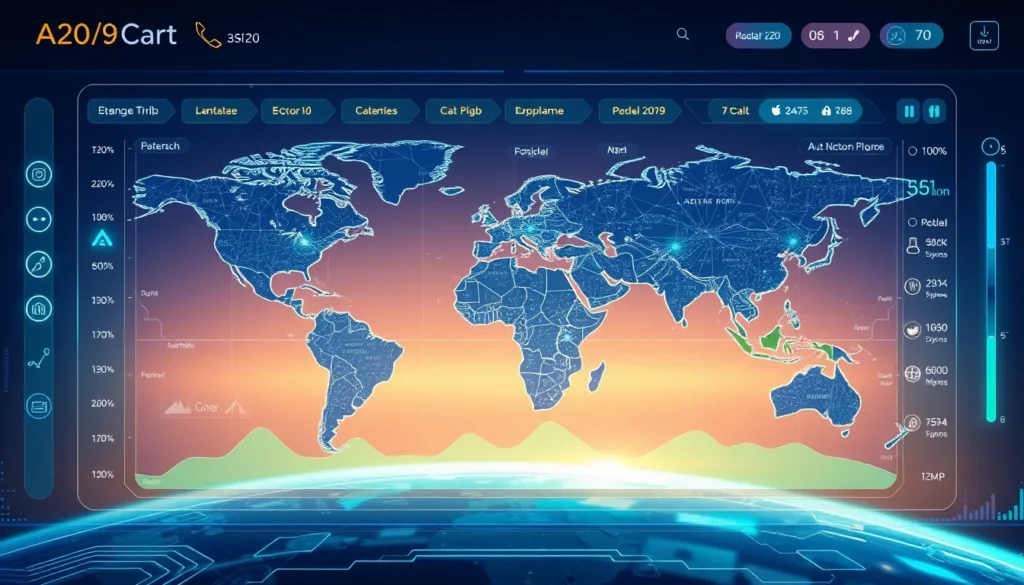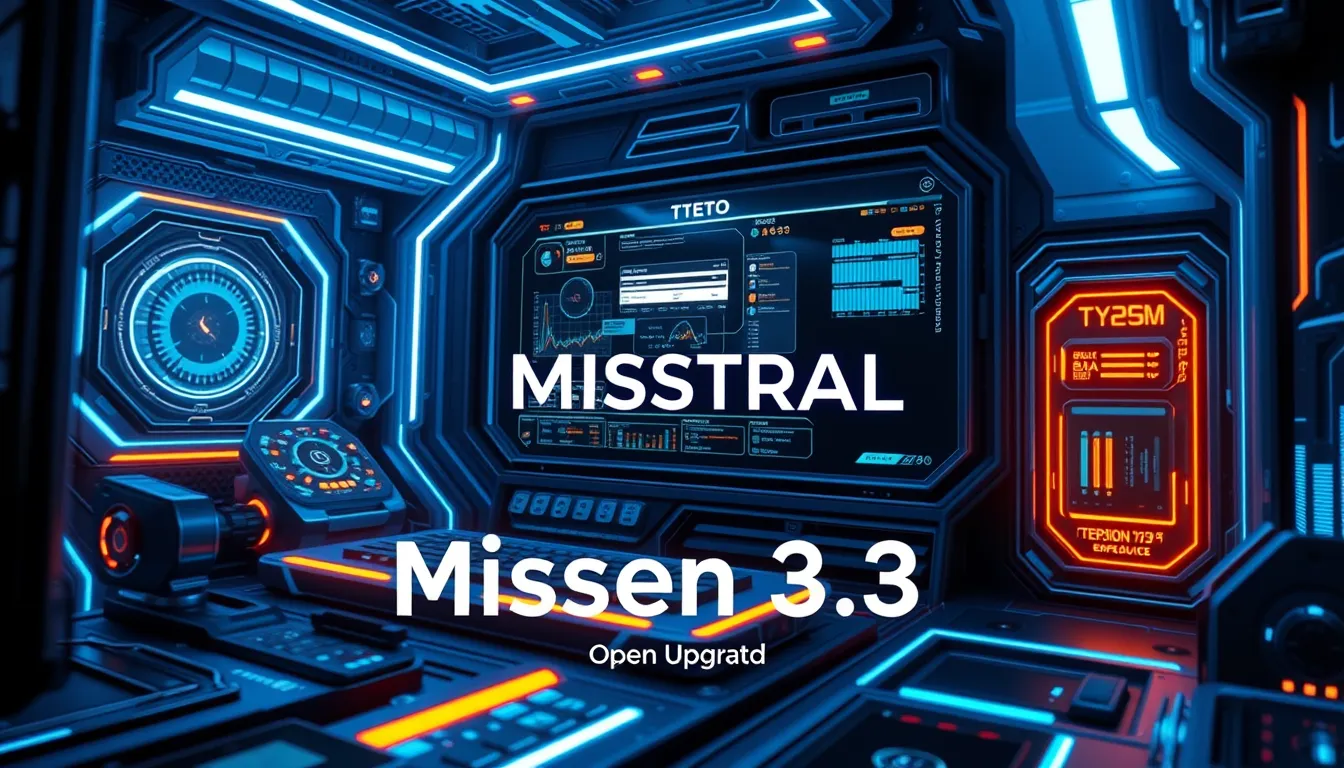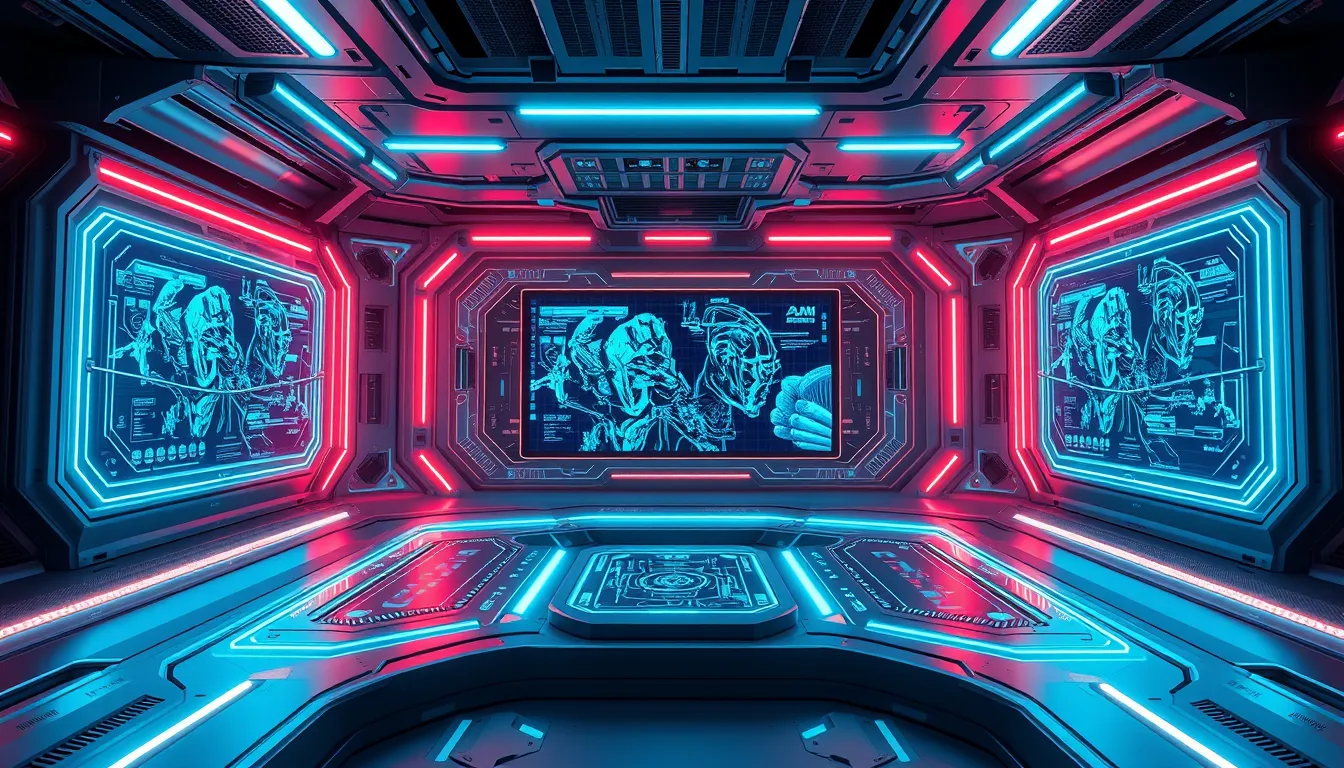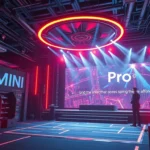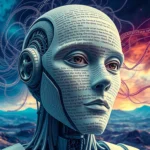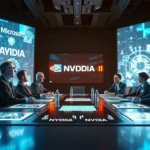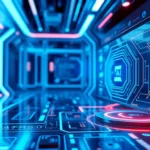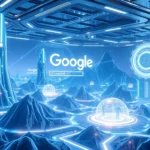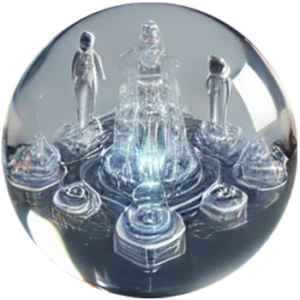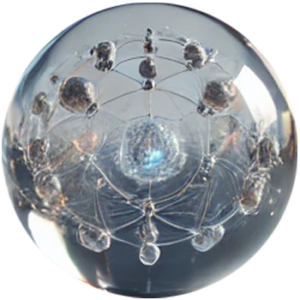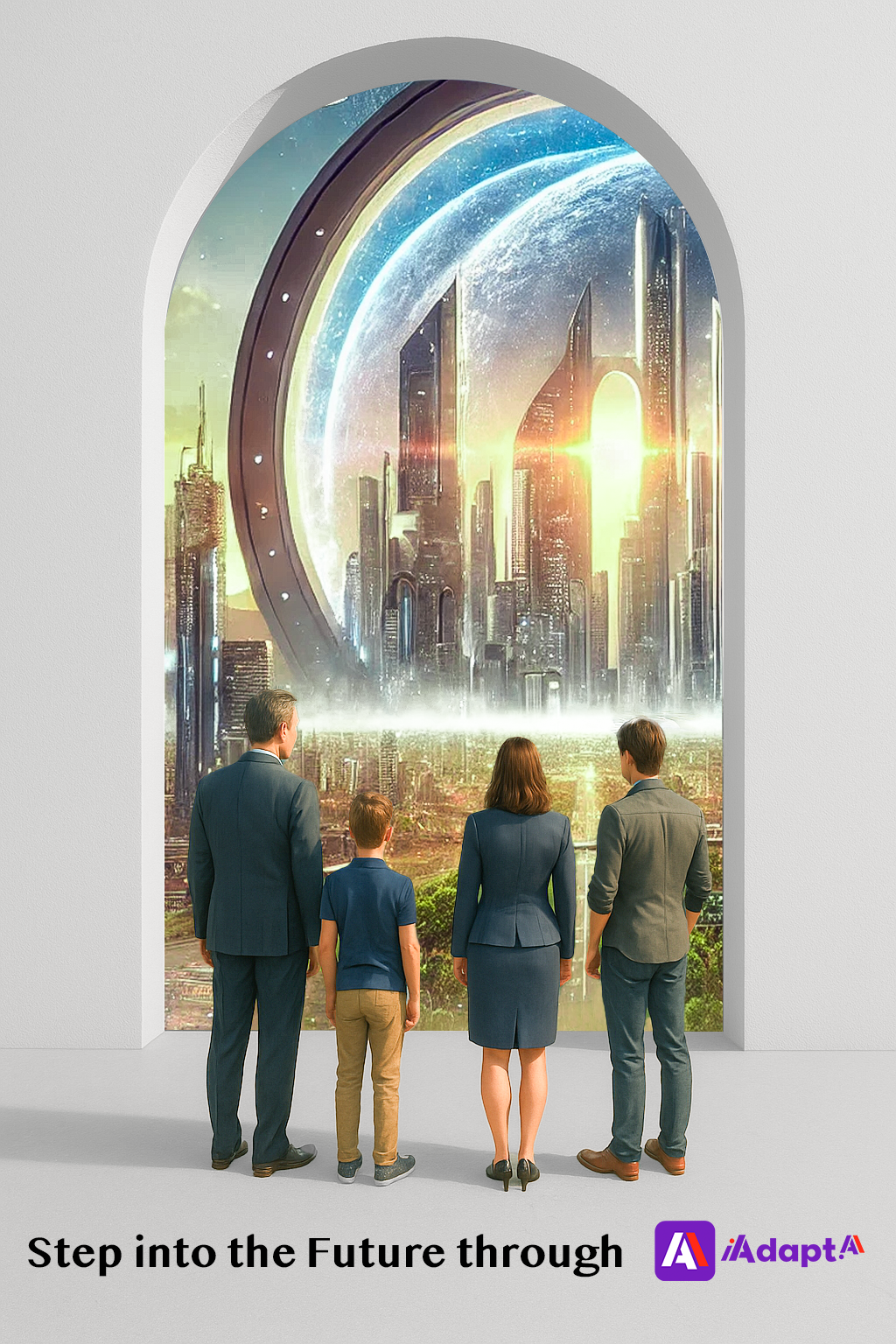Now Reading: Midjourney Controversy: Digital Art vs. Copyright Clash
-
01
Midjourney Controversy: Digital Art vs. Copyright Clash
Midjourney Controversy: Digital Art vs. Copyright Clash
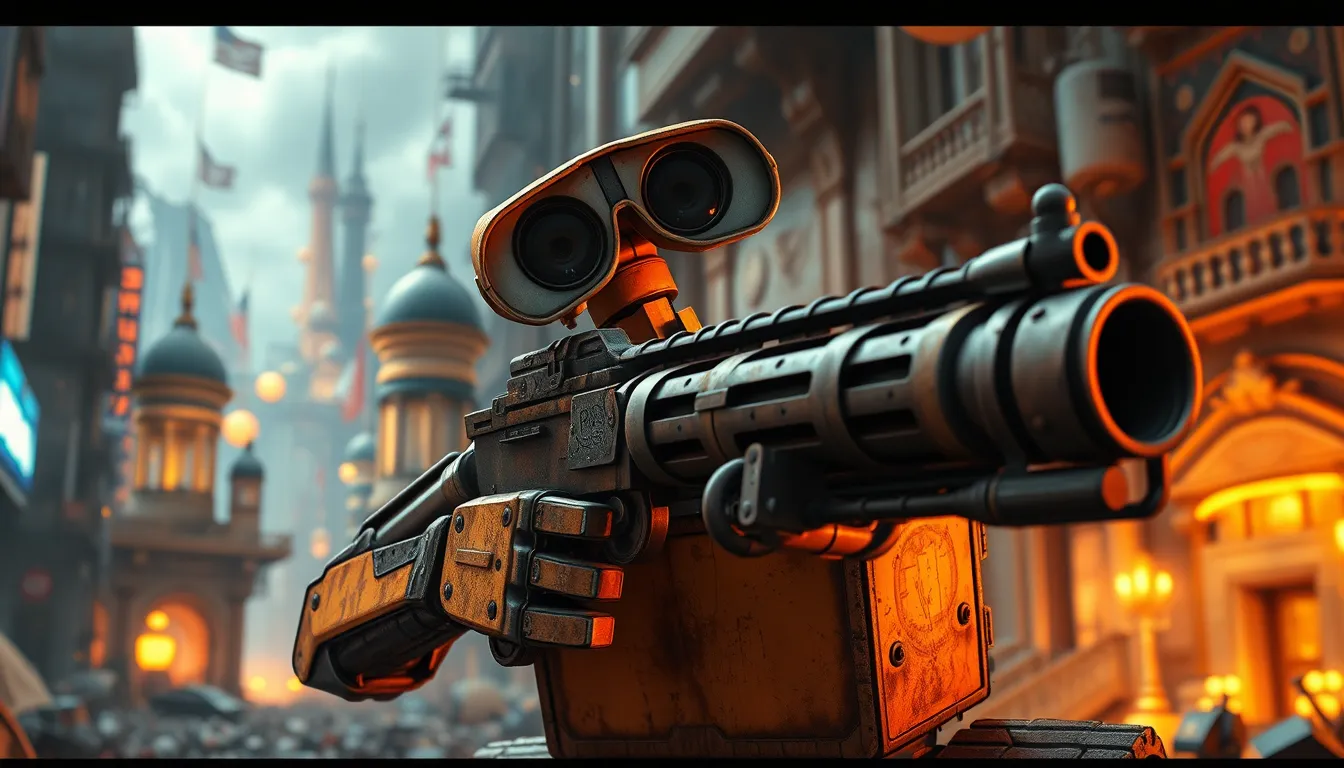
Midjourney Controversy: Digital Art vs. Copyright Clash
In recent times, the Midjourney controversy has rapidly become a focal point for discussions around digital art, AI-generated videos, and copyright debates. At its core, the controversy highlights the clash between transformative art and intellectual property rights, drawing attention from digital artists, legal experts, and cultural commentators alike.
Overview of the Midjourney Controversy
The Midjourney controversy emerged when the platform released a series of AI-generated videos that reimagined iconic characters, including beloved figures originally brought to life by companies such as Disney. One particularly notable depiction, known as ‘Wall-E With a Gun’, shocked many by presenting traditional characters in highly unusual scenarios. This bold move has stirred significant debate around the boundaries of digital art innovation and the legal implications of using familiar intellectual property in new, transformative ways.
The primary issues at stake include:
- The right balance between innovation and respect for original creativity.
- The potential overstepping of copyright lines, which could diminish the unique identity protected by longstanding media giants.
- The legal implications of AI-generated content in an era of digital art innovation.
The Legal and Cultural Implications
The legal implications of AI-generated art, a topic that is particularly relevant in the context of the Midjourney controversy, raise important questions about copyright and intellectual property rights. Critics argue that reinterpreting established characters without clear authorization may lead to legal battles that could set precedents affecting the entire creative industry. Conversely, supporters believe in the transformative nature of this art form, suggesting that reimagining iconic imagery offers fresh perspectives and new creative expressions that should be celebrated rather than suppressed.
A closer look at the legal debates reveals several key aspects:
- Copyright Debates: Traditional copyright laws were often crafted in an era before digital art took center stage. The Midjourney controversy forces a reexamination of how these laws apply to innovative uses of technology in art.
- Transformative Art: Proponents claim that creative reinterpretations, even when inspired by well-known characters, can qualify as new, transformative works that contribute to the evolution of digital art.
- Legal Implications of AI-Generated Art: With the integration of artificial intelligence in creative practices, the question of who is responsible for artistic output becomes blurred. Both the creators and the technology developers may share responsibilities, raising complex legal challenges.
AI, Digital Innovation, and Copyright Challenges
The fusion of artificial intelligence with artistic endeavors is not without its challenges. The Midjourney controversy exemplifies how AI can push boundaries, sparking debates that extend from traditional art critiques to modern legal frameworks. As technology continues to revolutionize creative industries, several important themes have emerged:
- Digital Art Innovation: AI-generated videos challenge conventional artistic methods and question long-held norms about originality and creativity.
- Tech Innovation Legal Challenges: New technologies often outpace legal systems, leaving regulators to grapple with modern interpretations of copyright and intellectual property.
- The Role of AI in Creative Expression: AI opens up new avenues for artistic exploration, yet its role in shaping content remains controversial, especially when established icons are reimagined.
Navigating the Future of Digital Art
The future of digital art hinges on how the industry and legal frameworks adapt to emerging technologies, with the Midjourney controversy serving as a catalyst for change. Stakeholders from both the creative and legal fields are advocating for balanced approaches that encourage innovation while protecting the rights and legacies of original creators. Key considerations for the future include:
- Establishing clearer guidelines that define the boundaries of transformative art.
- Encouraging collaboration between technologists, artists, and legal experts to create frameworks that support innovation without undermining intellectual property rights.
- Recognizing that while AI offers exciting new possibilities, its integration must be managed with both creative freedom and legal responsibility in mind.
Conclusion
The Midjourney controversy encapsulates a pivotal moment at the crossroads of art, technology, and law. As AI-generated content continues to evolve, debates around copyright, digital art innovation, and ethical creativity become increasingly relevant. With a growing number of legal challenges and cultural debates, this controversy not only spotlights the transformative potential of AI in art but also underscores the need for updated legal standards that balance the interests of original content creators with the pioneers of digital innovation.
In summary, the Midjourney controversy serves as a wake-up call for the broader creative community, urging a reexamination of how we define art and creativity in the digital age. As this debate unfolds, both legal experts and artists must work together to navigate a future where transformative art and copyright protection can coexist harmoniously.
Throughout this discussion, the emphasis on the Midjourney controversy remains clear: it is not just about the reinterpretation of beloved characters but about the evolution of artistic expression, and the legal frameworks that must evolve to support it. By confronting these challenges head-on, the industry can hope to forge a path that honors tradition while embracing the transformative potential of digital technology.
As the landscape of digital art continues to shift, staying informed and adaptable will be key. Future dialogues and legal reforms should aim to protect creative legacies while also fostering an environment where innovation and artistic exploration are encouraged and celebrated. The ongoing Midjourney controversy is likely only the beginning of a broader, global conversation about art, technology, and our collective cultural future.



